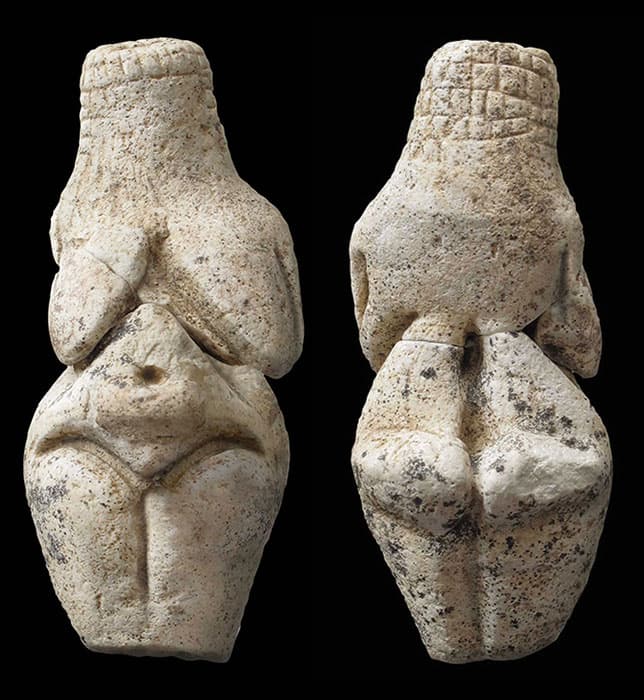Over 200 Ancient Venus Figurines Continue to Fuel Debate on Human Cognition and Purpose

Archaeologists and cognitive scientists are continuously unraveling the mysteries behind Venus figurines, ancient statuettes depicting women that date back over 40,000 years. These Upper Palaeolithic artifacts, found across Eurasia, are the subject of ongoing scholarly debate regarding their original cultural meaning and the insights they offer into the minds of early humans. As noted by Chris Stringer in a recent discussion, the question of "What Venus Figurines Reveal About Ancient Humans" remains a compelling area of research.
These small, typically 2.5 to 10.2 cm tall, figures are often characterized by exaggerated breasts, hips, and stomachs, with heads that are usually small or faceless and limbs that are often absent or poorly defined. Carved from diverse materials such as soft stone, bone, ivory, or fired clay, they represent some of the earliest known works of figurative art. The oldest undisputed example, the Venus of Hohle Fels, dates back at least 35,000 to 40,000 years.
Since the discovery of the first Venus figurine, the Vénus impudique, in 1864, over 200 such objects have been unearthed. The term "Venus" is a modern, metaphorical label, as there is no direct link to the Roman goddess, and its use has been criticized for imposing contemporary Western ideals. Despite the name, the original purpose of these widespread artifacts is not definitively known, leading to a variety of interpretations.
Among the most prevalent theories is that these figurines served as fertility symbols or representations of a mother goddess, given their emphasized reproductive features. Other interpretations suggest they might have been amulets, talismans, or even self-depictions by female artists, who, lacking mirrors, might have sculpted their own bodies from a downward-looking perspective. Some scholars propose they symbolized survival and longevity in the harsh Ice Age environment, with corpulent figures representing well-nourished individuals.
Recent studies continue to explore these possibilities, utilizing modern analytical methods. Research has investigated how contemporary individuals perceive the attractiveness and age of these figurines, noting that many with high waist-to-hip ratios were rated as less attractive by modern standards, yet potentially symbolized health and reproductive success in their original context. The enduring mystery surrounding Venus figurines highlights the complex inner world and cognitive abilities of our ancient ancestors.